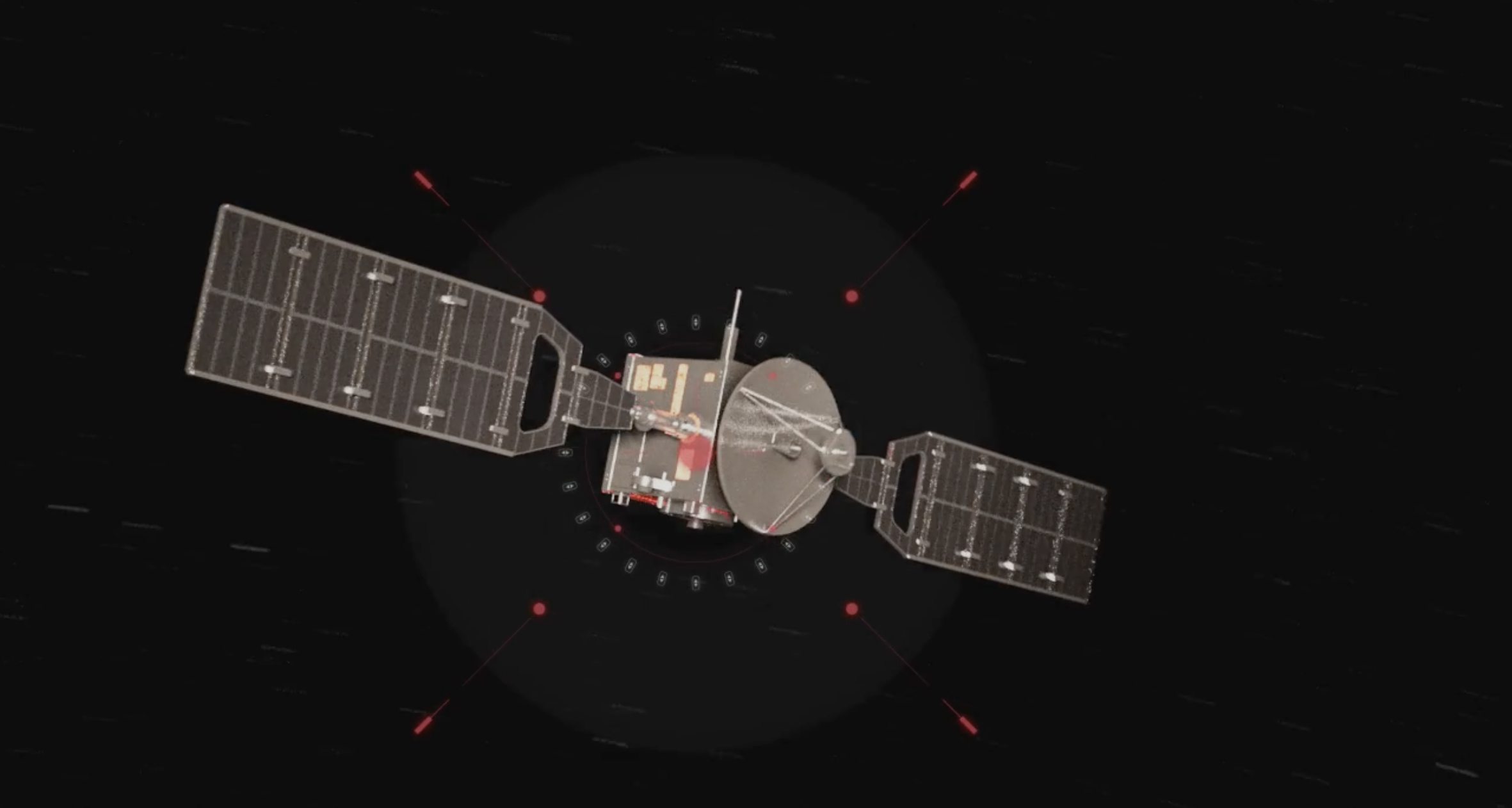WASHINGTON — True Anomaly, a startup based in Denver, is building two small satellites that it plans to launch into orbit later this year. One of the spacecraft will attempt to chase down an “uncooperative” object and take pictures up close.
This is the type of technology that the U.S. military needs to compete with rival powers in space, True Anomaly’s CEO and co-founder Even Rogers told SpaceNews.
The startup, formed a year ago to focus on the national security market, announced April 6 it has raised $30 million in pre-seed, seed, and Series A funding. It built a 35,000 square foot factory where it’s producing the Jackal Autonomous Orbital Vehicle.
The first two spacecraft are scheduled to launch this fall on SpaceX’s Transporter 9 rideshare.
Rogers, a former U.S. Air Force satellite and ground systems operator, said the company will pursue DoD contracts for these orbital vehicles and plans to scale up production. He said the Jackal was designed to fill gaps in the military’s capabilities to conduct intelligence, surveillance and reconnaissance in orbit, a specialty known as space domain awareness. The company also develops digital tools for building models for space wargaming and training.
He pitched investors the idea that the U.S. Space Force needs an “industrial partner” solely focused on producing technologies to defend assets in orbit. The DoD currently relies on large defense contractors to meet these needs, Rogers said, but the military could benefit from more specialized providers.
U.S. needs maneuvering satellites
The challenge for the Space Force, he said, is that the United States faces an “asymmetric” disadvantage as rival powers like Russia and China deploy maneuvering satellites, some armed with space weapons that could threaten U.S. systems.
U.S. satellites were not designed to maneuver in orbit, making them vulnerable, he said. The Jackal vehicles could be deployed to help identify potential threats.
Rogers noted that a growing number of companies in the commercial space industry operate sensors and analyze data to support space traffic management functions. However, he said, “nobody has mastered the technology and the concepts of operations that are necessary to do characterization and inspection at scale.”
Jackal, a 275-kilogram spacecraft built on a commercial satellite bus, was designed for “uncooperative” rendezvous and proximity operations, he said. A lot of vehicles perform cooperative rendezvous and proximity operations such as docking with other spacecraft. But uncooperative RPO is a much harder problem that hasn’t been solved yet, he said. “Doing that safely and autonomously is a capability and craft that the Space Force needs to be able to master.”
Rogers said having a vehicle that can chase uncooperative spacecraft and take pictures would help the U.S. hold China and Russia accountable for aggressive actions in space and possibly deter such behavior.
